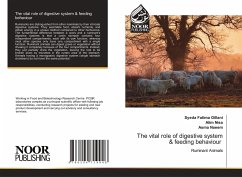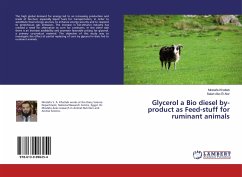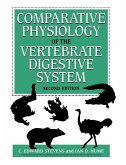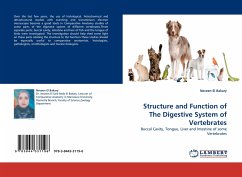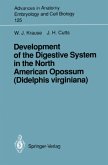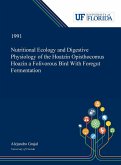Ruminants are distinguished from other mammals by their intricate digestive systems. They assimilate food, absorb nutrients, and obtain energy in a unique method compared to other herbivores. The fundamental difference between a cow's and a ruminant's digestive systems is that a cow's stomach contains four independent compartments, each with its own function, whereas most other species only have one compartment with a single function. Ruminant animals can digest grass or vegetation without chewing it completely because of the four compartments. Instead, they just partially chew the vegetation, leaving the rest to be broken down by microbes in the rumen area of the stomach. Animals having a monogastric digestive system (single stomach chambers) do not have the same potential.
Bitte wählen Sie Ihr Anliegen aus.
Rechnungen
Retourenschein anfordern
Bestellstatus
Storno

